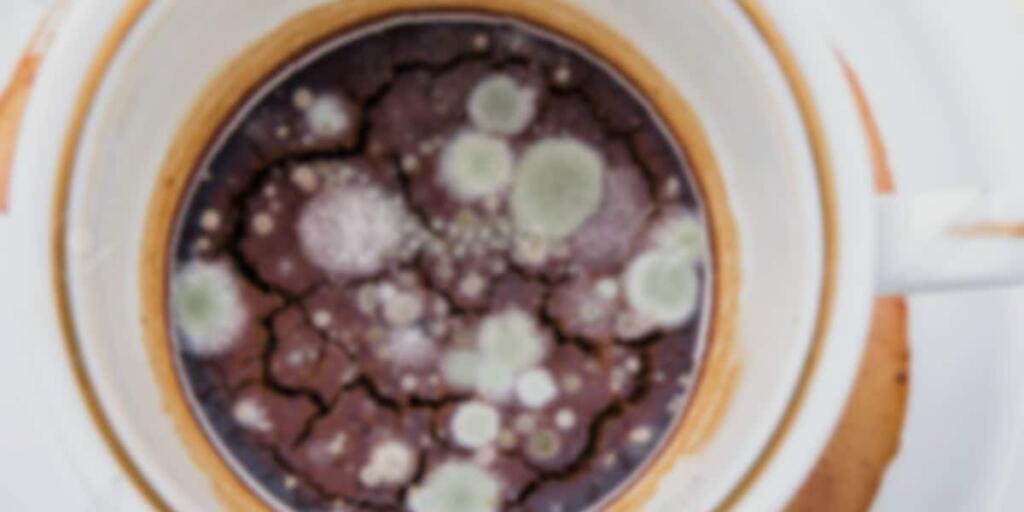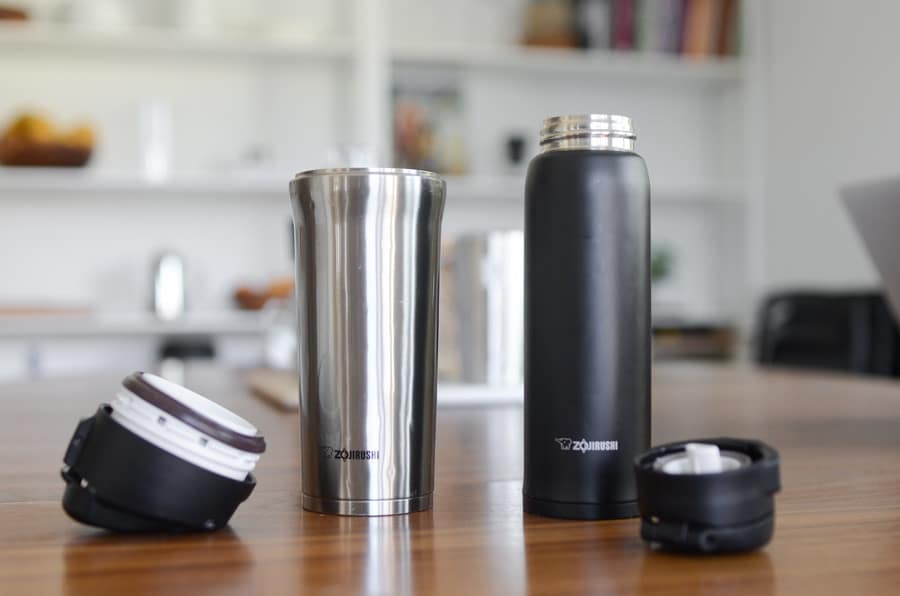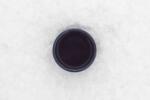To answer this question, let me take this slowly and break it down for you, starting with the definition.
Table Of Contents
−- What is mold?
- Mold in cups
- Can you get sick from drinking from a cup with mold?
- What happens if I sip stale coffee?
- How do you tell whether you’ve been exposed to mold?
- How long does it take for mold to get out of your system?
- Is it safe to eat from moldy cups?
- How to remove cup mold
- Preventing cup mold
- Does mold die in boiling water?
- How to clean your travel tumbler to prevent mold from forming
- Is it ok to use a dishwasher to clean out the mold?
What is mold?
Mold is a fungus that grows naturally to break down fruits, leaves, trees, and other plant materials. Mold thrives in moist places and can cause health issues. However, it doesn’t need much water to grow, and in our homes, they are common in damp places such as kitchens, laundry, and bathrooms.

Any small amount growing in your home can potentially encourage the growth of other molds. For that reason, take quick action as soon as you notice any.
Mold in cups
Mold in cups is common in cups that have been stored upside down to prevent debris and dust from settling.
Cups stored upside down don’t give excess water enough space to evaporate. This results in some condensing on the cup’s surface, and if there are any mold spores trapped, there start to grow.
But what causes mold to grow in the lids?
Naturally, mold thrives in damp and dark places. That explains why you are likely to find mold between the lid and removable seal that rarely sees the sunlight. In addition, if you ever remove the seal when cleaning your mug, moisture gets trapped inside, creating an excellent environment for mold spores to thrive.
Can you get sick from drinking from a cup with mold?
You will not automatically experience adverse effects when you drink from a sippy cup with mold, thanks to the strong stomach acid that kills most pathogens.
Since our stomach acid immediately destroys the mold, only a few sips of mold are dangerous. So if you do it once or twice, you are unlikely to get an illness.
However, some people may experience respiratory problems or allergic reactions. This is often a result of inhaling mold rather than ingesting it.
Some molds can even cause vomiting, cramping, diarrhea, tenderness of the abdomen, and chills.
What happens if I sip stale coffee?
A single cup of coffee is enough to cause coughing, congestion, watery eyes, sneezing, and headaches. You may also experience upper respiratory infections and flu-like symptoms after having a moldy cup of joe.
Wheezing, coughing, nasal tightness, sore/itchy throat, and skin infection are all symptoms of mold exposure. A robust immune system will not hurt you, but persons who may not have a robust immune system are at a high risk of infection. As a result, it’s better to be safe than sorry.
How do you tell whether you’ve been exposed to mold?
There is no established mold test, but doctors can tell what you have with a simple blood test or a skin prick exam.
How long does it take for mold to get out of your system?
Some people recover almost immediately after removing the source of the toxic molds. Others take longer (months to years). If you have a robust immune system, you will recover faster than those with impaired immune systems.
Is it safe to eat from moldy cups?
Washing your cup thoroughly or using a dishwasher is all required to eradicate the mold safely. If the mold washes out quickly and you can fully clean the cup with moderate scrubbing, you should be able to use them securely. If mold on cups does not react to hot, soapy water, vinegar may be required.
Higher-end coffee cups are unquestionably worth washing, whereas inexpensive or reusable plastic containers will likely be trashed and recycled. If an item has to be replaced, look for surfaces less prone to microbiological development, such as stainless steel and glass.
How to remove cup mold
There are several ways to do this:
- Using boiling water: Works well for metal bottles. Let them sit for a couple of hours overnight, then scrub heartily with a brush and soap.
- Denture cleaning tablets: These tablets work well on anything. Give them a shot.
- White vinegar: White vinegar has been reported to kill 82% of mold spores. It works well with plastic bottles. Add it straight and let it sit overnight. Wash well in the morning and air dry.
- Rice rub: Add some rice, dish soap, and warm water to your bottle and add the lid. Cover and shake. This option is ideal when you don’t have a bottle brush.
- Baking soda: Add 1-2 teaspoons to warm water, soak a few hours, then wash. Baking soda is a mild disinfectant and perfect for cleaning moldy cups.
- Baking soda and bleach: Add ½ teaspoon of bleach and 1 tsp baking soda to a small bowl, then soak cups for 4 – 6 hours. Wash and rinse well.
- Pipe cleaner method (for bottles with reusable straws): Use either of the cleaning method (above) of your choice.
- Cotton swab method (for pull/pull bottles): A cotton swab soaked in alcohol can help you reach mold growth in the tight spaces of water bottle lids.
Preventing cup mold
The best way to prevent cup mold is to dry your cups entirely before placing them in your cupboard. However, if the problem persists, your home will be too humid. If that is the case, try fixing your ventilation or installing a dehumidifier.
Does mold die in boiling water?
Just heating food to the boiling point does not kill the molds. But boiling for several minutes at a higher temperature or baking kills them (except ergot) and terminates the aflatoxin they produced and left in the food.
How to clean your travel tumbler to prevent mold from forming

If you don’t want to ingest more than your brew, here is how to keep your travel mug clean and mold-free.
- Take the whole thing apart
Before you wash your mug, break it down into as many parts as possible. That way, you ensure that your mug is clean and safe for use.
- Use warm water and dish soap
Why warm water and soap and not cold water? Warm water makes the dish detergent more effective in removing bacteria, oil, and mold.
- Get into hard-to-reach places
A quick wipe around the inside of your tumbler is not sufficient. To clean your mug well, you need to thoroughly clean every part, including those nooks that are hard to clean. Q-tips and pipe cleaners will come in handy when cleaning some suborn parts.
- Dry all parts well before reassembling it
Don’t be in a hurry to reassemble your tumbler. Instead, give it time to dry, and if in a hurry, thoroughly towel-dry it. Otherwise, if you don’t dry all parts well, you will have a mold mess in no time.
Is it ok to use a dishwasher to clean out the mold?
While using a dishwasher is a good option, be cautious, as it is not guaranteed to clean your cup well. If you must use a dishwasher, then make sure to follow all the guidelines clearly before tossing your mug.

Editorial Staff
The editorial staff at Crazy Coffee Crave is a team of coffee enthusiasts & Baristas who enjoy the one thing we all think about as soon as we get up in the morning. Trusted by thousands of readers worldwide.





